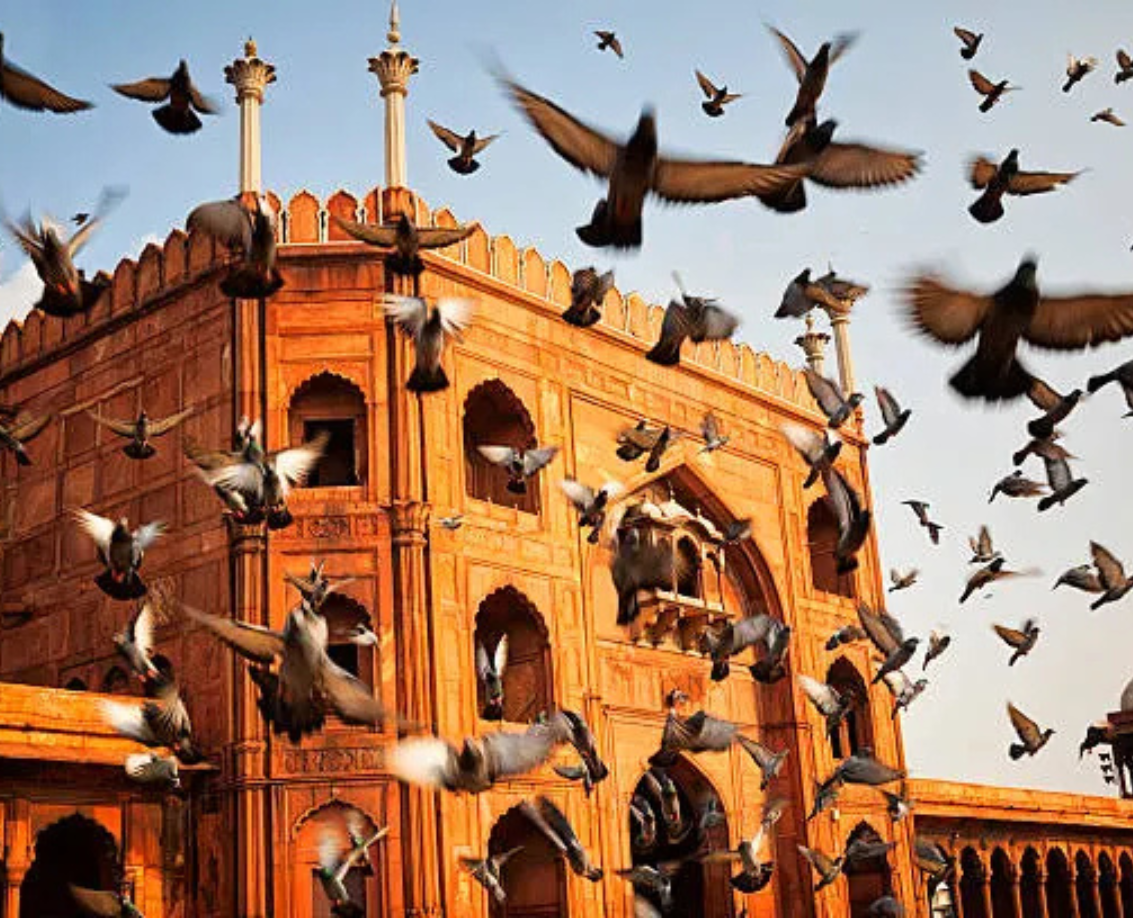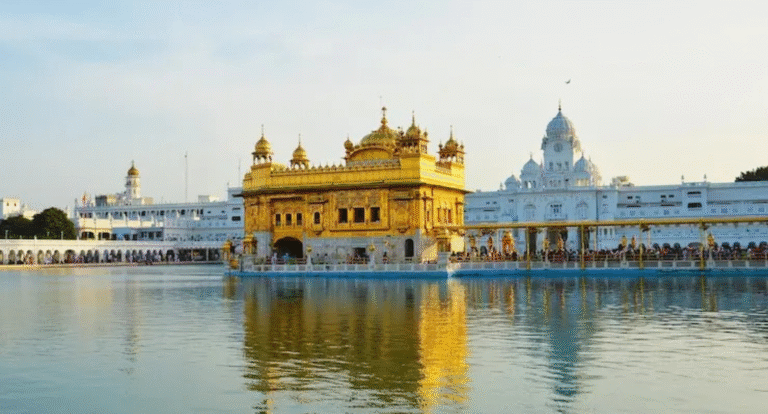History
The Timeless Capital of Empires
Delhi’s historical tapestry stretches back over 3,000 years and is interwoven with the rise and fall of powerful dynasties, empires, and civilizations. Known in ancient times as Indraprastha, it was the legendary capital of the Pandavas, as mentioned in the Mahabharata. Through centuries, Delhi evolved into a central seat of power for rulers like the Tomars and Chauhans before it became the political heart of the Delhi Sultanate in the 13th century. The city’s importance only grew with the arrival of the Mughals, who transformed Delhi into a hub of architecture, literature, and art—leaving behind iconic monuments like the Red Fort, Qutub Minar, Jama Masjid, and Humayun’s Tomb.
In the 17th century, Shah Jahan famously shifted the capital from Agra to Shahjahanabad (Old Delhi), which still stands as a bustling core of tradition and trade. Later, under British colonial rule, New Delhi was meticulously planned and established as the imperial capital, bringing European-style architecture like India Gate, Rashtrapati Bhavan, and Connaught Place into the cityscape. Post-independence, Delhi played a vital role in shaping modern India’s identity. Today, it is a living museum of India’s political, cultural, and architectural legacy—an evolving blend of antiquity and advancement that continues to shape the nation’s destiny.


Geography
A Cultural Crossroads on the Yamuna Plains
A Cultural Crossroads on the Yamuna Plains
Situated in northern India along the banks of the Yamuna River, Delhi lies on the Indo-Gangetic Plain. Its geography makes it a natural crossroads for trade, culture, and migration. The terrain is largely flat, with pockets of rocky ridges. A semi-arid climate and proximity to the Himalayas bring hot summers, a defined monsoon season, and mild winters. This positioning has played a key role in shaping Delhi’s cosmopolitan character.
The semi-arid climate features intensely hot summers, a significant monsoon season (typically from June to September), and mild, crisp winters. The Yamuna River, although now heavily urbanized, once supported agricultural lands and spiritual ghats, playing a vital role in the ecological and cultural foundation of the region. Its proximity to the Himalayas influences its seasonal weather patterns, while its central location makes Delhi a transportation and communication hub that links northern India to the rest of the subcontinent.

